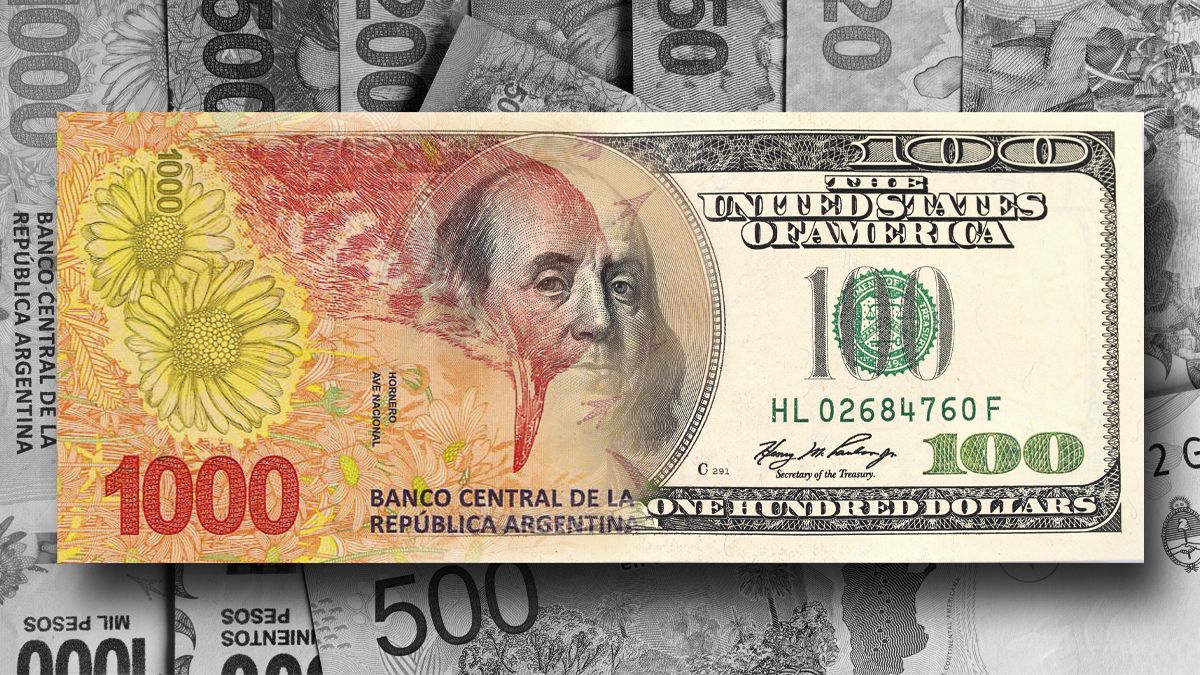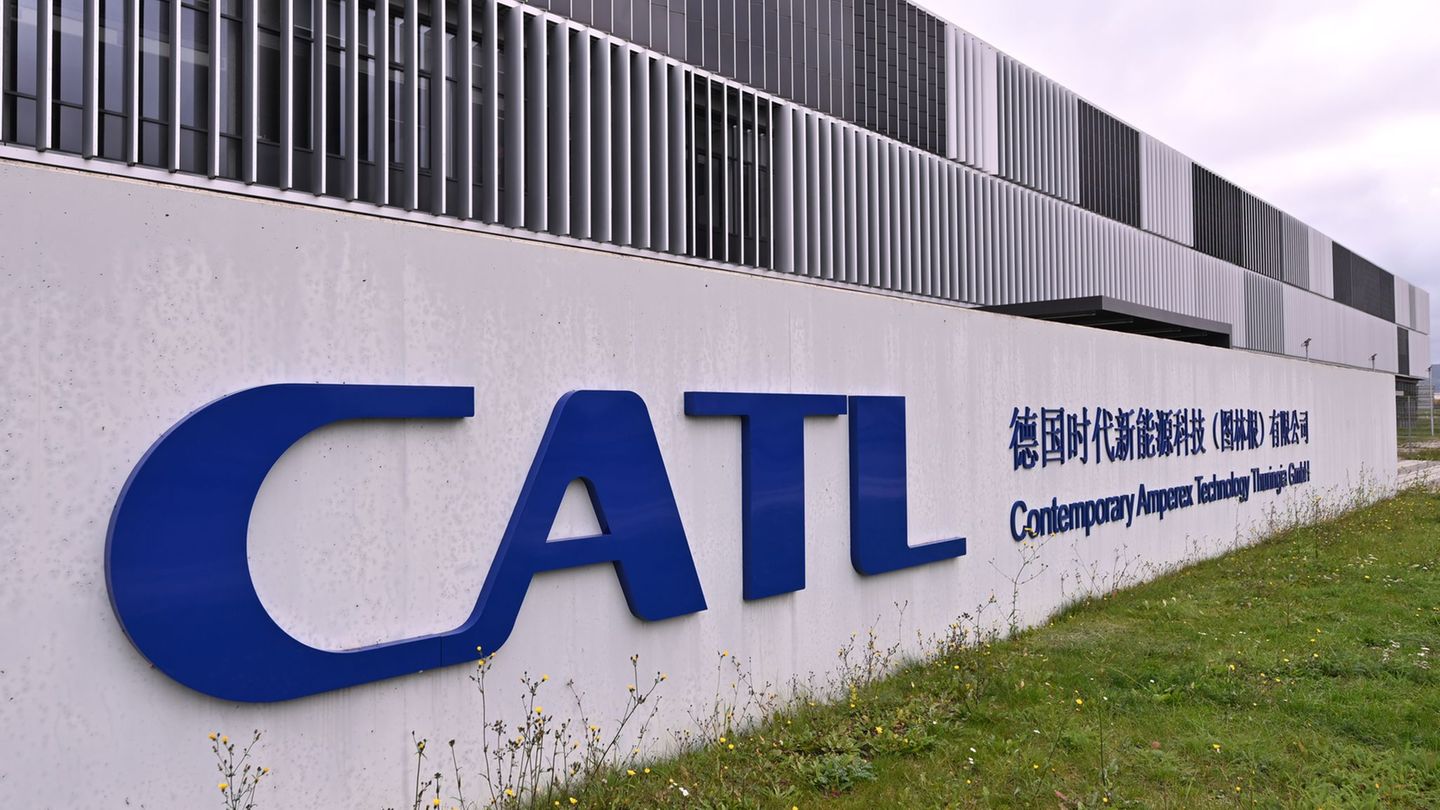Last Friday, the rumor began to spread of one that would have been raised at the table of Directory of the Central Bank (BCRA) about the implementation of a exchange rate splitting. According to reports, it would be a proposal promoted by a sector close to Sergio Massa, the Minister of Economy, but which the president of the financial regulator, Miguel Pesce, rejects. However, in the Government they assure that “none of that is being debated at this time.”
The Government is making efforts to counteract this difficulty, with a focus on attracting funds from abroad. In fact, he managed Three disbursements for US$1,000 million each (US$3,000 million in total) of the swap with China will already be made and one more is expected before the end of the month and another, in April, within the framework of the agreement to release the availability of part of the total US$18.5 billion in order to provide liquidity for interventions in the exchange market.
Shortage of dollars: the reasons for this difficulty
However, the economist at F2 Soluciones Financieras Andrés Reschini warns that this problem in the difficulty of attracting dollars has its origin in “the high degree of restrictions that were implemented at the end of the previous administration, but that were severely hardened by the current administration and considers that the high degree of mistrust, institutional fragility, inflation and a drought scenario that promises to further deepen the shortage.
In this context, it is that the market begins to speak of a possible exchange rate splitAlthough, as the director of Research For Traders, Darío Epstein, pointed out, strictly speaking, “this already exists in Argentina because, although it is partial, the soybean dollar is exactly that.” In the same sense, the economist from the University of Avellaneda Pablo Ferrari maintains that, “in fact, at present, there are different types of exchange.” Thus, he explains that what is being talked about at this moment is “exchange ordering and simplification.”
And indeed, they are talking about a non-transitory and more comprehensive modality. Which, according to Ferrari, “would mean having a commercial exchange rate (managed for industry and commerce) and a financial or free exchange rate (for the rest, including savings, tourism).”
bad previous experiences
Who installed the issue some time ago was the former Minister of Economy Domingo Cavallo. And Epstein thinks that “the Monetary Fund (IMF), surely, it would not seem bad to go down that path.” However, many voices warn, at this time, that it has already been done and it never worked. And rightly so, since 1971, he went down that road and the experiment was repeated October 1987, with the same result in both cases, economic crises (the Rodrigazo, in the first, and hyperinflation, in the second).
This is also remembered by Epstein when he points out that, “on previous occasions, it was seen that the positive effect lasted six months and, then, they usually fail.” However, he believes that, taking into account the context, and given that there are six months left before the elections, it is an option that should not be ruled out.
Exchange rate splitting: what is it and how is it implemented?
A great difficulty that arises in this process is implementation. Because it is very complex to decide to which sectors a cheapest dollar and which ones, a more expensive one. “That is risky, but the issue is that, today, we have a system in which it is good business to import and bad business to export. If the exchange rate improves, that changes”, says Epstein.
And, on the other hand, Ferrari warns that this ordering would have the virtue of simplification and better management of reservesbut the risk would be the magnitude to which could climb the free. It is that, the economist Christian Buteler anticipates that a policy of this style can generate more problems than solutions and warns that, to carry out this plan, a BCRA with a very restrictive monetary policy so that that dollar does not fly.
The concrete thing is that, Reschini points out that, until now, very little is known about the eventual measure that would be evaluated. Thus, he explains that, under the assumption of an unfolding that consists of a “window” that involves the dollar for impos and expos and another for the financial dollar, “no solution is seen for any of the reserve problems, other than making access more tidy.”
In this way, he believes that it will be necessary to see if in the details of an eventual implementation there is any benefit for any sector or something of the sort to liquidate dollars through the MULC. But he acknowledges that, “as a stabilization measure, sustainable in the long term and that results in a fundamental solution to some of the major imbalances”.
It should be a long-term measure
In a similar vein, Buteler states that “an exchange rate unfolding is one more patch to what we have today as an exchange policy” and only considers that it may be an option to consider if it is implemented with the goal of, in a short time, seeking exchange rate unification.
“It is a measure that is very difficult and that should be sought as ultimate goal unification“, summarizes. And he believes that he sees it feasible for this government to be able to do it, and, on the other hand, this should be agreed upon with the opposition. The Government knows that it needs dollars and, except for the international credits that enter, it has no income.
Source: Ambito




